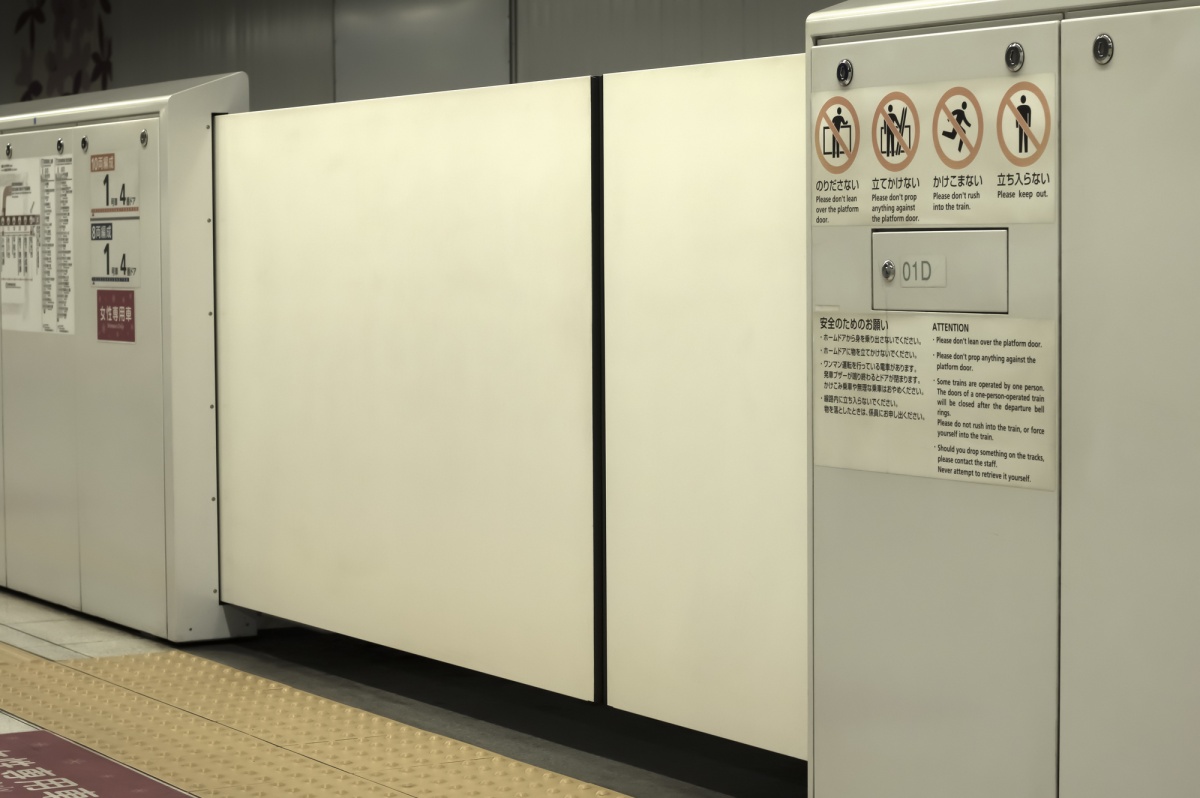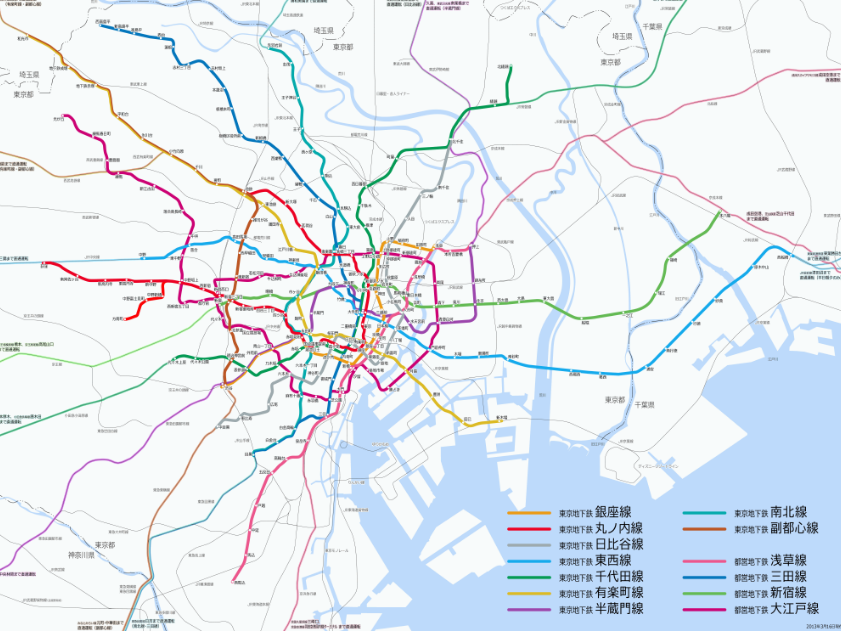How to Conveniently Travel by Train in Tokyo

Although looking at a map of Tokyo's rail network can be daunting to first-time visitors, the railroad arteries of the city can be navigated with a little planning and patience. We'll teach you how to get around quickly, cheaply and easily. And, if you think you'll need an all-day pass to save the most money, we'll break down those costs for you.
By Mina OtsukaWhat's the Best Way To Travel?

When people—locals and visitors alike—travel by train in Tokyo, they think of three factors and prioritize them depending on their situation. Here are the three questions they ask themselves when searching for routes from one station to another:
1. Is it the fastest?
2. Is it the cheapest?
3. Is it the easiest?
The last question often derives from the first one, as many people see the fastest route as the easiest. However, an important thing to keep in mind is that saving time does not always come with ease.

For example, if you are traveling from Shinjuku (the world’s busiest station and a major connecting hub for Tokyo’s full railway network) to Roppongi (one of the most extravagant nightlife spots in Tokyo) it takes nine minutes at a cost of ¥216 using an IC card if you take the Toei Oedo subway line. It certainly seems like the fastest route and perhaps the cheapest as well. But is it the easiest? That depends on how fast you walk, and how much you don’t mind going underground (over 30 meters, or about 100 feet) and walking all the way up again.
Yes, getting on a subway in Tokyo often means a good hike (although with escalators and elevators available) underground. So, in the above case, some people might choose an aboveground line and transfer to a shallower subway line even if it costs them extra money, which in this case is about ¥100. You'll need to decide if walking to what feels like the center of the Earth is worth it.
Luckily, instead of navigating the confusing signs at the station, with oh so many stops between point A and B, smartphones have been making commutes far easier. Just using Google Maps, for example, will tell you the different options you can take, including all train lines and even buses. The routes are marked by both the time it takes to walk as well as train times and transfers (which are almost always on time). Even train delays are listed, though the official cause will be written in Japanese. Furthermore, the prices are noted as well, so you can see at a glance the easiest, cheapest and fastest possibilities. So, take advantage of the Wi-Fi offered at many Tokyo stations and plot your route accordingly.
Do I Need a Day Pass?

https://ja.wikipedia.org/wiki/%E6%9D%B1%E4%BA%AC%E3%81%AE%E5%9C%B0%E4%B8%8B%E9%89%84#/media/File:Tokyo_metro_map.
The Tokyo Metro 24-hour Ticket is available for ¥600 for adults and ¥300 for children. The ticket can be purchased in advance or on the day that you use it, and it's valid for 24 hours after first use (within 6 months of purchase for advance purchases). Although ¥600 seems like a good deal, here are some examples showing how much it costs on a subway ride to move from one destination to another.
From Shibuya to Oshiage (closest station to Tokyo Skytree): ¥237 on Hanzomon Line
From Shinjuku to Tsukiji Market: ¥267 on Toei Oedo Line
From Akihabara to Roppongi: ¥195 on Hibiya Line
And here’s how they charge passengers using subway lines in Tokyo based on the distance they travel (on IC cards):
0 km to 6 km: ¥165
7 km to 11 km: ¥195
12 km to 19 km: ¥237
20 km to 27 km: ¥278
28 km to 40 km: ¥308
As you can see, you need to travel quite a long distance or get on the subway multiple times a day to make your 24-hour ticket worth it. Perhaps the most cost-efficient way to use trains in Tokyo is to get a prepaid IC card (Suica or Pasmo) and pay exactly what you need to pay for the ride to your destination. Bear in mind, there is a ¥500 deposit to create a new card, but you can get the deposit back if you cancel your card at the office inside the train station.

Note: There is another one-day pass, the Tokyo 1-Day Ticket available for ¥1,590 for adults. It allows unlimited rides on Tokyo Metro and JR lines within the 23 special wards of Tokyo along with some other train lines, streetcars and buses; however, for the same reason above, it might not be the most economical option. Should you be going on a one-day trip outside Tokyo, perhaps to Hakone, Kamakura or Nikko, this might be a better option for you.



